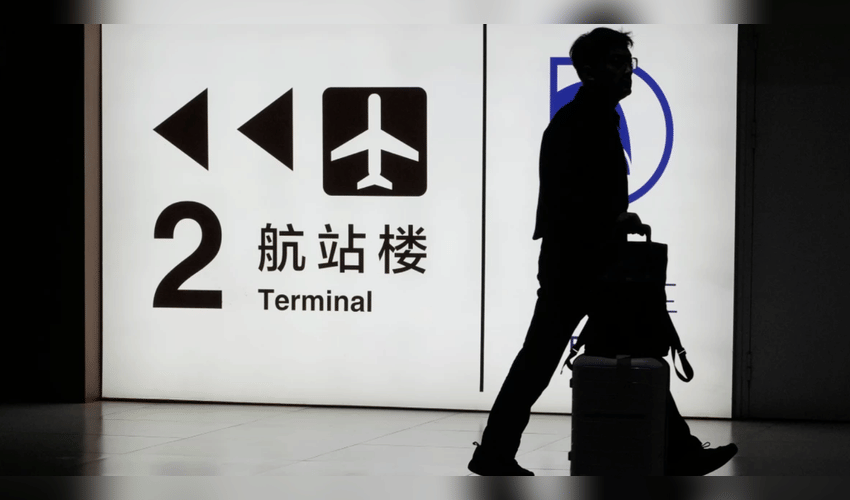World
China's K-Visa: A Bold Challenge to the US in Global Tech Talent Race

In an evolving global competition for skilled technology professionals, China has introduced its K-visa program as a strategic move to rival the United States' famed H-1B visa. Launched recently, this visa scheme aims to attract foreign experts in science, technology, engineering, and mathematics (STEM) fields, offering a more flexible pathway for global talent considering international careers.
The K-visa is especially appealing because it relaxes some of the stringent prerequisites commonly associated with work visas elsewhere. Unlike the US H-1B visa that requires applicants to secure a job offer before applying, China's K-visa allows candidates to apply without an existing employment contract. This lowers the entry barrier significantly, creating an open door for tech professionals eager to explore opportunities in China's booming innovation sectors like artificial intelligence, semiconductors, and robotics.
This initiative dovetails with China's broader ambition to enhance its high-tech competitiveness on the world stage. With substantial government investments fueling advanced technology development, the K-visa is a calculated attempt to bring in foreign expertise as well as to retain and attract Chinese nationals who have gained experience overseas.
The timing of the K-visa launch coincides with the tightening of US immigration policies under recent administrations, including the introduction of hefty fees and tougher vetting for the H-1B visa. These changes have created uncertainty and frustration among foreign professionals aspiring to work in the US, leading many to consider alternatives such as China’s tech corridors.
For instance, Indian IT professional Vaishnavi Srinivasagopalan, who has worked both in India and the US, finds the flexibility of China’s K-visa particularly attractive. The newfound ease of applying without needing a pre-arranged job makes it a compelling choice for professionals searching globally for work opportunities.
The Chinese program faces its own challenges. High youth unemployment and intense competition in China’s job market raise concerns among local graduates about increased competition from foreign workers. Moreover, language barriers, strict internet regulations, and limited paths to permanent residency in China temper its appeal compared to Western countries. While China’s talent pool for foreign workers remains relatively small—around 711,000 in 2023—the K-visa represents a significant step in Beijing’s effort to soften its borders to global talent influx, aiming to reverse brain drain and fuel domestic innovation with fresh skills and perspectives.
China’s K-visa is more than just a travel document; it signals a shift in the global tech talent landscape. As the US solidifies its immigration restrictions, China is positioning itself as an attractive alternative hub. Whether it can match the US’s long-standing allure for international tech professionals depends on how flexibly it continues to adapt and how well it addresses its domestic challenges.



